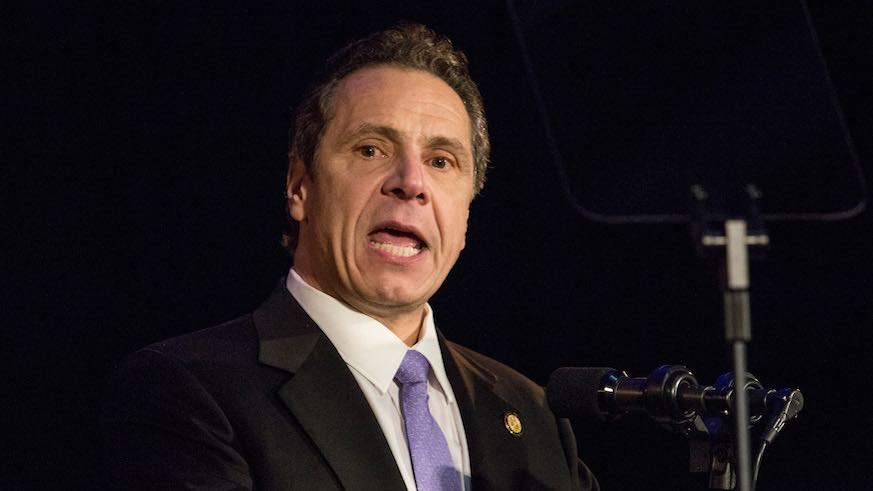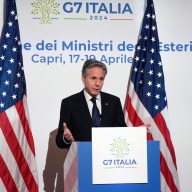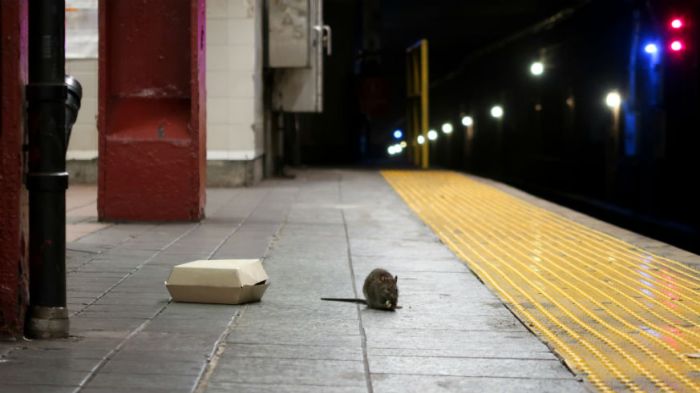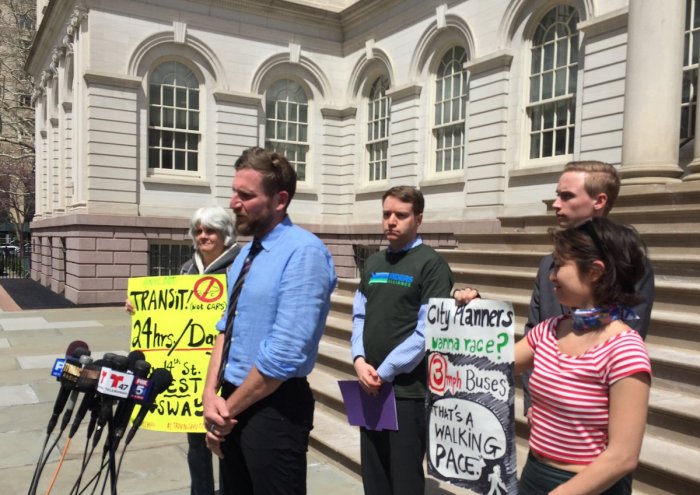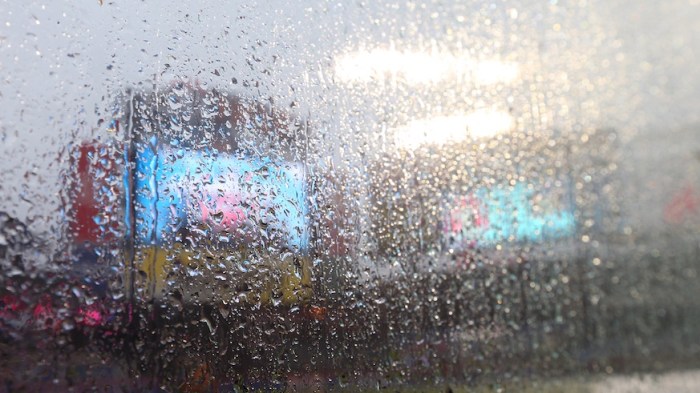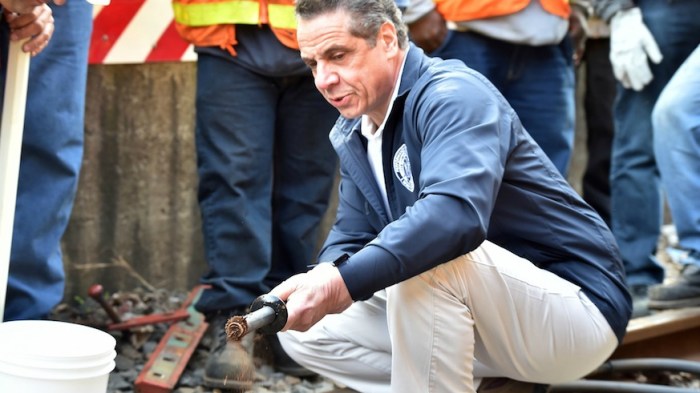Gov. Andrew Cuomo announced on Thursday that the complete L train shutdown will be canceled, with only some night and weekend closures now necessary to fix the subway tunnel.
The news comes more than two years after officials first announced that one of the busiest subway lines between Brooklyn and Manhattan would stop running in order to allow for repairs.
Cuomo said that he asked a panel of “best experts,” engineers from Columbia and Cornell, to look at the L train situation again as the April 2019 start date looms.
“I asked them to review the plan, to look at it with fresh eyes, no assumptions, no givens, and if there’s any possible suggestions for how we can make it better, great,” Cuomo said at an announcement Thursday. “To make a long story short, they have proposed a new design to use in the tunnel.”
This design has not yet been used in the United States, per Cuomo.
“With this design it would not be necessary to close the L train tunnel at all, which would be a phenomenal benefit to the people of New York City,” he said.
The L train shutdown was slated to begin in April 2019 and last 15 months, stranding thousands of straphangers and disrupting New York City transportation. The closure was necessary, officials said, to fix the Canarsie Tunnel, which was flooded and damaged during Hurricane Sandy.
Although the tunnel is structurally sound, salt water from the East River leaks inside, corroding electrical switches and power lines.
“Salt water and electronics do not mix,” Cuomo said.

At the announcement of the news, some New Yorkers expressed concern that this would inconvenience their subway travel for even longer. Cuomo said at the news conference that “this is the shortest, best route for rebuilding the tunnel.”
Others wondered why, if this design was possible, a 15-month L train shutdown was initially proposed at all.
“What’s left of MTA’s technical credibility when engineering professors can come up with a better plan in a few weeks?” asked the Transit Center, a foundation for improving urban mobility, on Twitter.
MTA Acting Chairman Fernando Ferrer addressed these concerns at the press conference, saying that the answer for why this innovative approach wasn’t considered earlier is that “the integration of these approaches — and there are several — and the technology had not previously been applied in the context of a rehabilitation project, a rehabilitation project that is underground.”
The new design includes a polymer that has previously only been used on bridges.
Instead of L train shutdown, how will straphangers be affected now?
“The original plan was close both tunnels and do the work. This plan is leave both open during the day, close one at night and weekend, so you’ll always have constant service,” Cuomo said.
As one tube is closed for repairs, L train service will run in both directions in the other tube. Rush hour weekday service will not be affected, officials said.
The expected timeline range for this work is 15 to 20 months. When asked if he could assure that this would take a maximum of 20 months, Cuomo said that does not make that promise.
The night and weekend L train closures are expected to begin around the same time as when the original L train shutdown was scheduled to start.
As New Yorkers prepared for that original L train shutdown, community activists and transit advocates worked on other solutions to help residents get around the city. With this plan halted, some are concerned that the other transportation initiatives will also be left behind.
“However this new plan plays out, we expect that the new bus and bike infrastructure that has been planned will be preserved,” Joe Cutrufo of Transportation Alternatives told Metro, “and even without a full 15-month L train shutdown, New York City is still in the midst of a real transportation crisis.”
“The governor owns this now,” Cutrufo added. “The MTA, the DOT, the advocates, the members of communities on both sides of the river came up with a good plan, and now that the governor has gone around that, he owns this.”
John Raskin, executive director of the Riders Alliance, said in a statement that Cuomo’s announcement raised many new questions, but affirmed that “it’s #CuomosMTA.”
“We need a full public release of the details of Governor Cuomo’s idea, as well as the mitigation plans that will allow hundreds of thousands of L train riders to get around during the inevitable shutdowns and slowdowns in service,” he said. “Actual transit professionals, who owe nothing to the governor or the MTA, should evaluate whether this is sound engineering or a political stunt that will ultimately leave riders in the lurch.”

